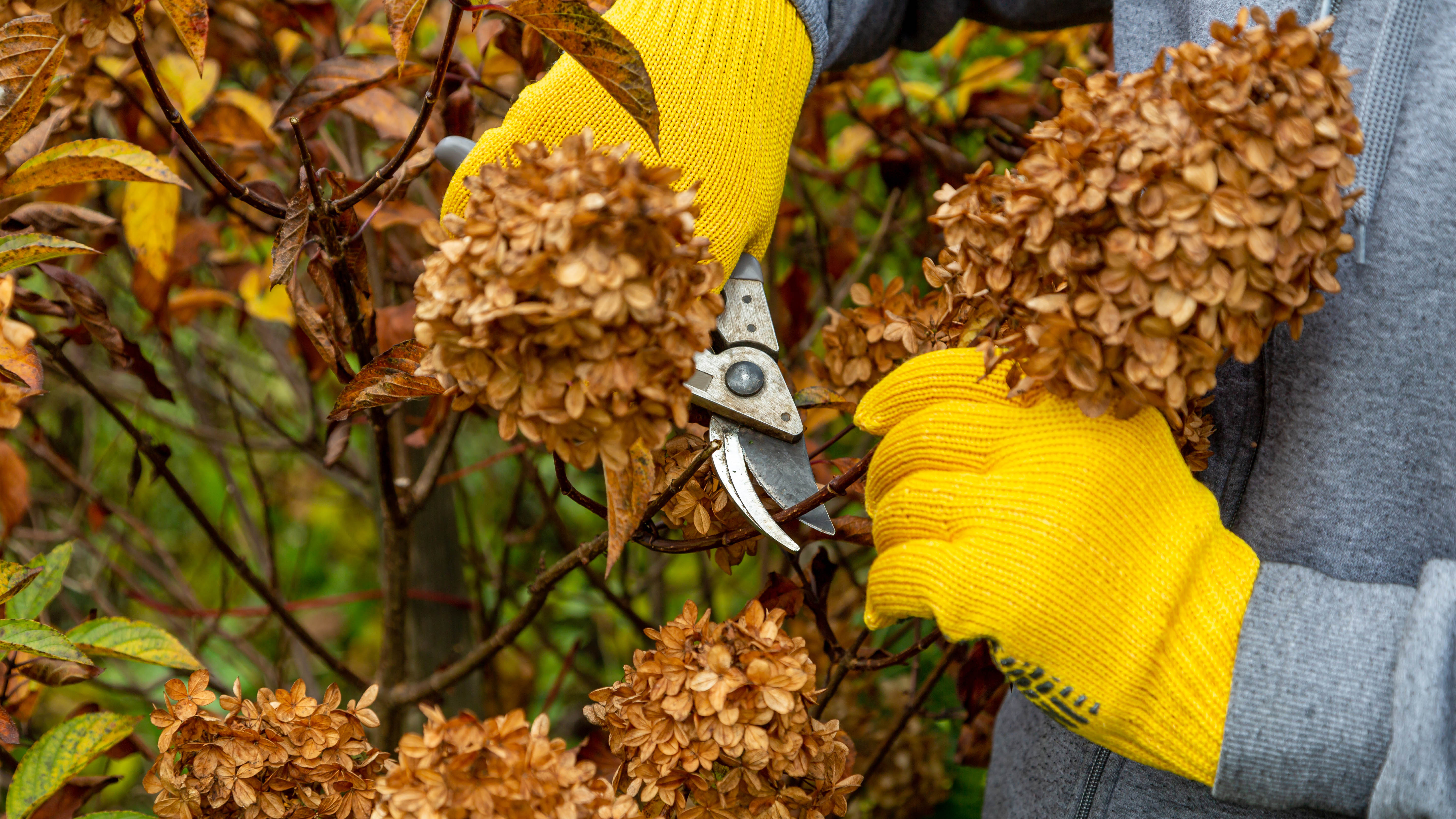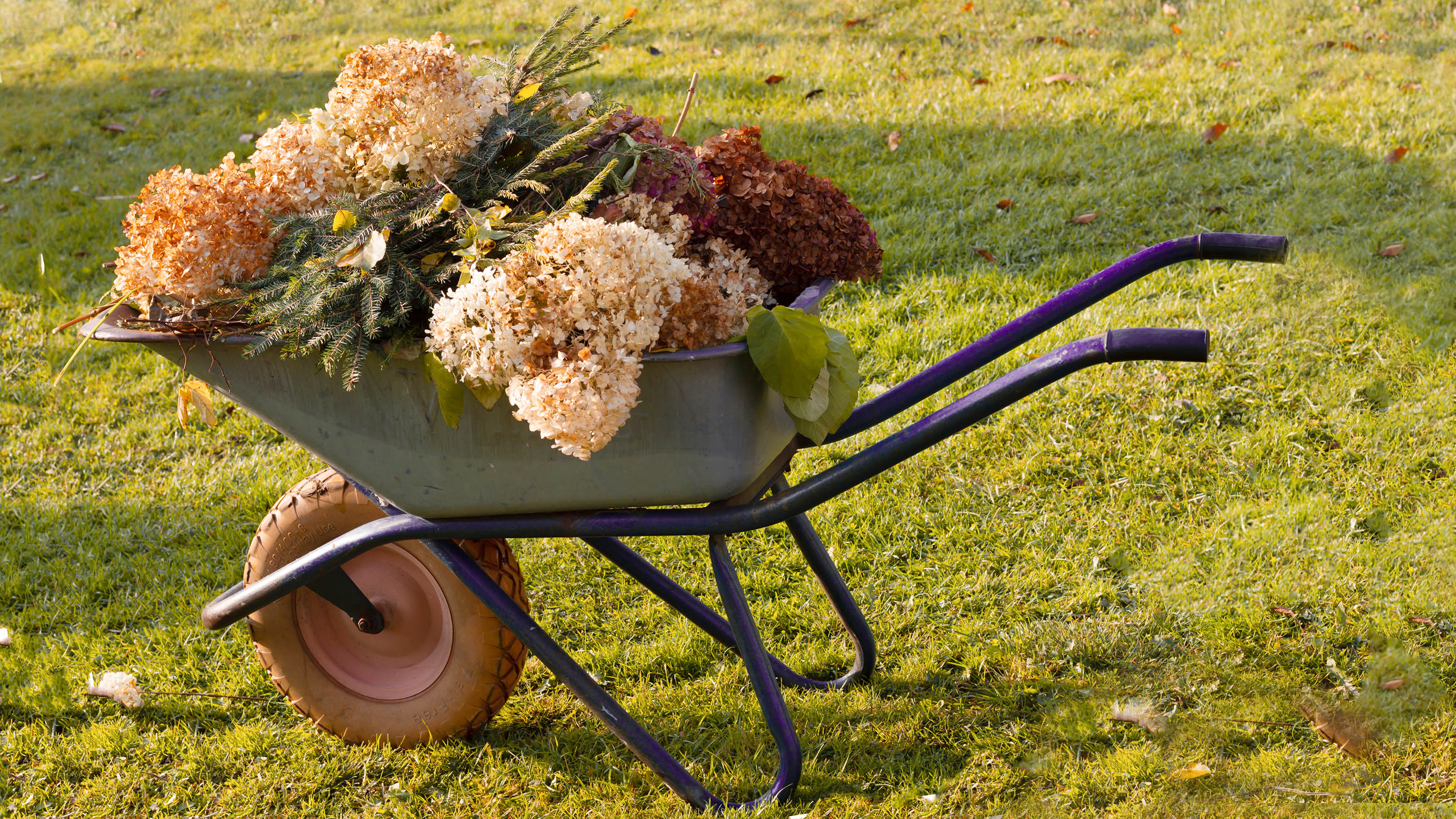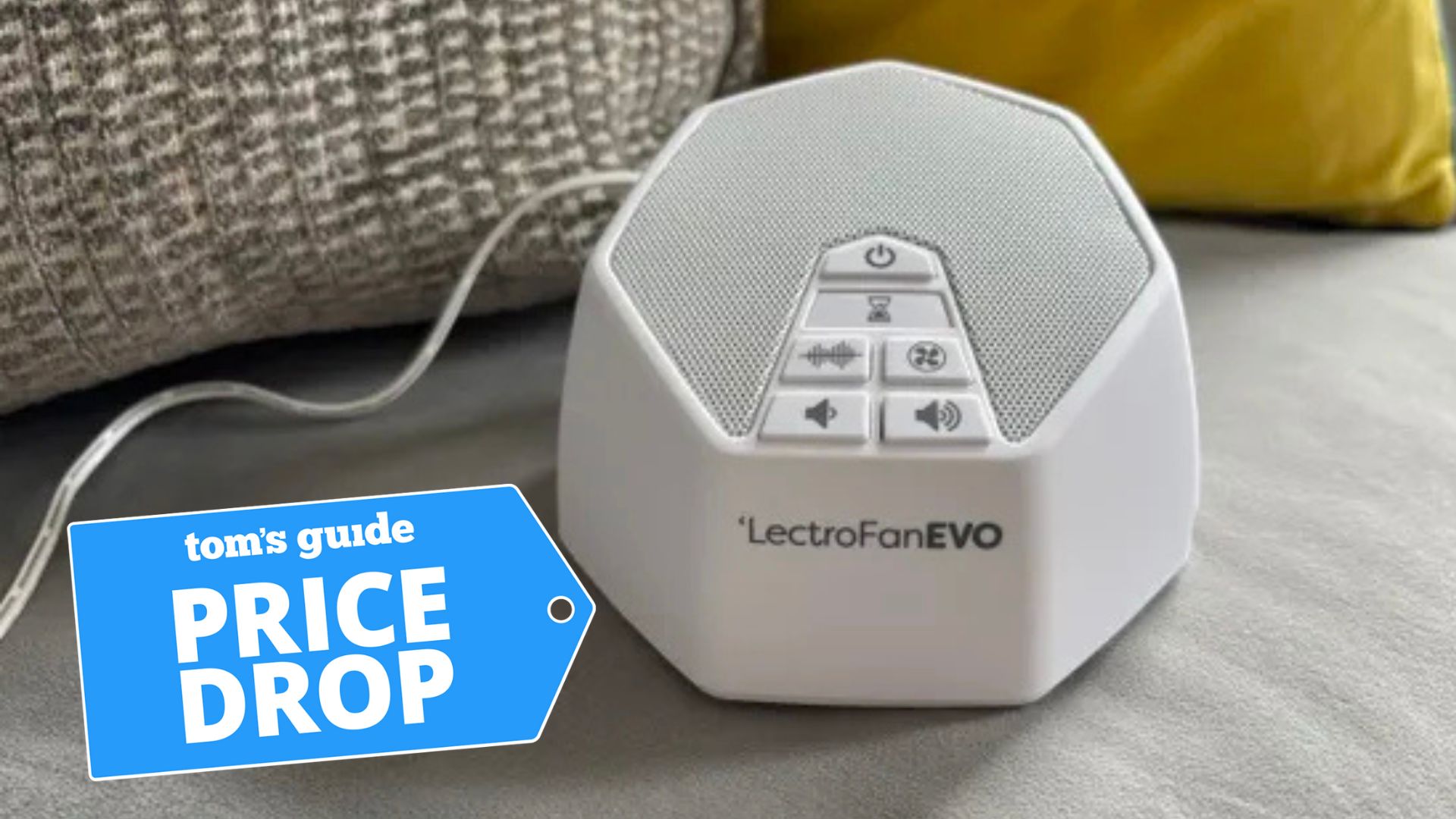How to deadhead hydrangeas and when to do it
Here’s how to deadhead hydrangeas without causing damage

Knowing how to deadhead hydrangeas will not only keep your shrub healthy and happy, it can encourage better blooms next season. So, if you spot wilting flowers on your hydrangea, that means it’s time to take action. But, before you reach for the pruning shears, much like pruning hydrangeas, you should know that deadheading is best done at a certain time of year.
Curious to learn more? Here, we cover how to deadhead hydrangeas as well as when best to do it. We will take you through what to do step-by-step as well as answer any questions you might have along the way.
Deadheading is the process of removing spent flowers. It takes no time at all — plus, it will make a significant difference to your hydrangea, so it’s well worth doing. Be sure to watch out for these 5 mistakes to avoid when growing hydrangeas though and you might be interested in when do hydrangeas flower and how to change the color of hydrangeas.
How to deadhead hydrangeas
- Bypass pruning shears
- Gardening gloves
- Denatured alcohol
- Cloth
1. Find a pair of bypass pruning shears
It’s important to use this type of pruning shear as it will make a clean cut, as opposed to anvil pruning shears which will crush the steam. If you need a new set, we’ve tested a range to find the best pruning shears.
2. Wipe the blades with alcohol
If you’re using an old set of pruning shears, make sure that you wipe down the blades with a denatured alcohol-soaked cloth. This essentially prevents any disease from spreading to your hydrangeas from the blades.
Keep the cloth to hand as you deadhead for the same reason. You could spread disease from one stem to the next, so you need to wipe down the blades between cuts.

3. Remove the spent flowers
Now comes the satisfying part; removing the old flowers. Firstly, you can tell hydrangea flowers are spent when they fade, wilt and dry out. That’s when they’re ready to be removed.
Get instant access to breaking news, the hottest reviews, great deals and helpful tips.
Wearing a pair of gardening gloves, take hold of the stem directly beneath the wilted flower and use your bypass pruning shears to cut back to just above the first set of healthy leaves. Remove the dead flower head and set aside for the compost heap.
If you’re deadheading from August onwards, be aware that new buds may be growing amongst the leaves, so make sure you cut well above those. If you notice any old growth or dead stems as you work your way around the shrub, these can be removed from the base to improve the air circulation.

4. Tidy up
Make sure you collect and dispose of the old flowers after deadheading. If left on the ground, these can again reduce the air circulation to the base. Plus, it doesn’t look great.
When should you deadhead hydrangeas?
Deadheading hydrangeas is often done in the late winter or early spring, but you can essentially deadhead throughout the blooming season once the flowers are spent.
However, you should stop deadheading from mid to late fall. This will help winterize your hydrangeas, and the dried flowers can give it an attractive appearance during the colder months too. There will also be a lot of new buds growing on the stems in the fall, and this prevents you from accidentally cutting them off.
What’s the difference between deadheading and pruning?
Bear in mind that deadheading is not the same as pruning. Deadheading is the process of removing spent flowers, while pruning involves cutting the shrub back substantially. If you want more information on pruning, check out our guide on how to prune hydrangeas.
For more outdoor tips, tricks, and how-tos, check out our guides on how to prune roses, how to prune lilacs and how to prune grapevines.

Katie Mortram used to be a Homes Editor for Tom's Guide, where she oversaw everything from kitchen appliances to gardening tools, as well as smart home tech. Specializing in providing expert advice for cleaning and home manintenance, she now works as Household Advice Editor for Good Housekeeping.
